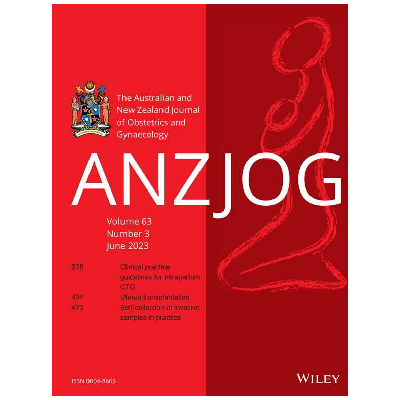Australia’s first National Action Plan on Endometriosis (NAPE):
Progress but still a long way to go…

With 11.4% of women, girls and the gender-diverse community affected, endometriosis is a major contributor to morbidity globally. Australia is 80% of the way through the first five-year National Actional Plan on Endometriosis, launched in 2018.
There has been substantive progress made, including then federal minister for health, the honourable Professor The Hon Greg Hunt MP, apologising to all those with endometriosis for taking so long to recognise the disease and providing a co-ordinated national approach.
The NAPE recommended three key directions: (i) awareness and education, (ii) clinical care and (iii) research.
A priority list was published, and recommendations were made for how the NAPE would be implemented and what constituted measures of success for the plan. The overarching aim of the NAPE is: ‘a tangible improvement in the quality of life for individuals living with endometriosis, including a reduction in the impact and burden of disease at individual and population levels’.
The federal government has invested more than $8.5M overall on awareness and education, including EndoZone – a digital health platform with resources for patients, families and clinicians. Additionally, the Pelvic Pain, Endometriosis and Periods (PPEP) talks that target school-aged boys and girls to talk about pelvic pain, endometriosis and periods are also focused on education, a vital link to early diagnosis.
Clinical care in endometriosis has received some $25M in funding, with the majority of that to fund a new Medicare Benefits Scheme service for magnetic resonance imaging (MRI) of endometriosis. There is also funding to support primary care centres for endometriosis-specific services.
The federal government has recently funded Royal Australian and New Zealand College of Obstetricians and Gynaecologists RANZCOG to create a living guideline so that changes in evidence may be rapidly incorporated into the document for dissemination and practice.
Research funding for endometriosis in Australia has never been greater, with over a dozen nationally funded studies underway, including a national registry – the National Endometriosis Clinical and Scientific Trials Network registry, with more than 1,200 registered participants to date.
Click here to read more.